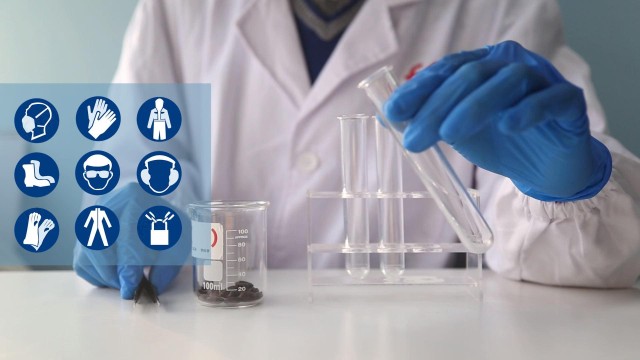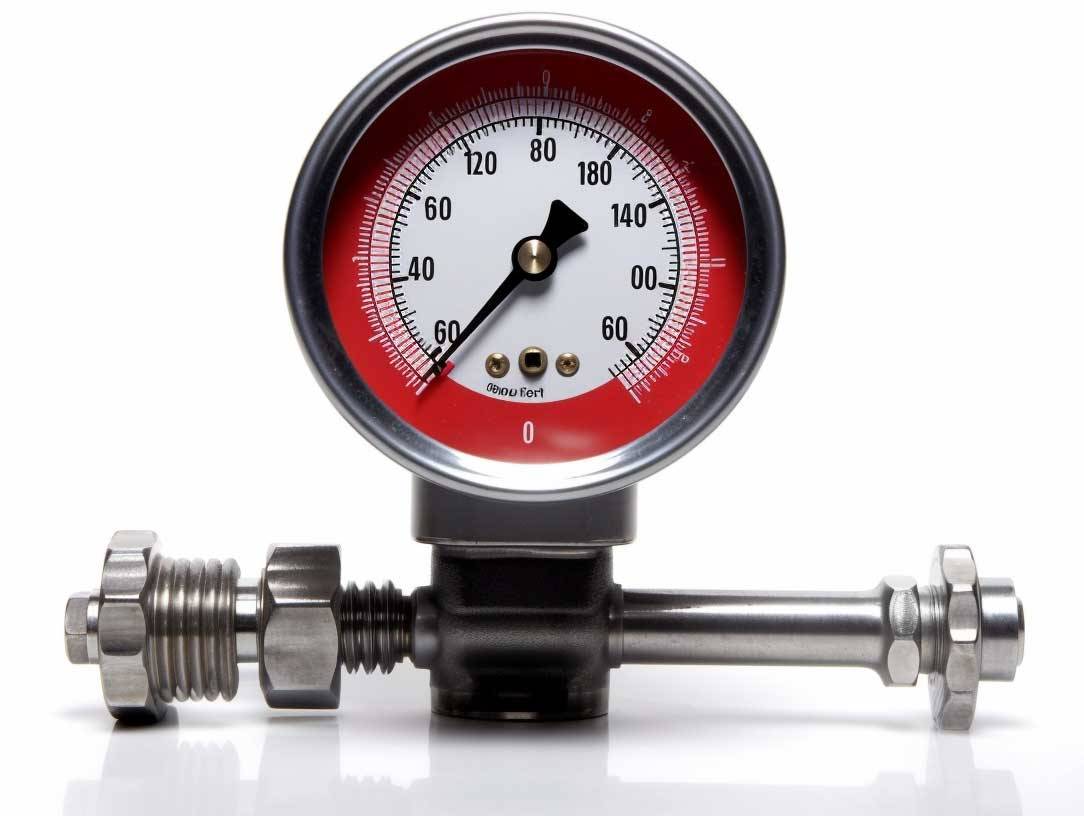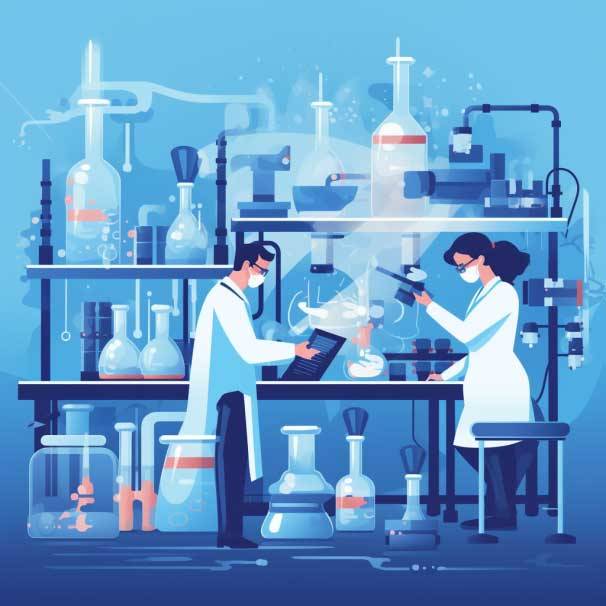The Importance of Safety in Pressure Reactor Usage
Table of Contents
Understanding the need for safety procedures in chemical reactions under pressurized conditions
Laboratory safety isn't just about you. Improper preparation and mishandling can cause potential hazards that could be disastrous if left unchecked. It is crucial to take the time to carefully prepare your pressure reactor and lab safety equipment, as even minor problems can escalate quickly when working under pressure. Remember, you are not only responsible for yourself but also accountable for your impact on those around you.
Maintenance: The responsibility for maintenance lies with whoever intends to use the pressure reactor. Regularly examine the equipment for issues such as erosion of o-rings, damage to fittings, and wear and tear. If any concerns arise, the pressure reactor should not be used until a qualified engineer has tested and certified its safety.
By-products and loss of control: Identify the by-products produced and anticipate how they will behave. Consider the circumstances under which the reaction could become uncontrollable. By anticipating these issues, you can avoid them and make plans to control the situation.
Scale-up: When working with hazardous reactants, start with small volumes and increase only after establishing a safe path. Ensure you have checked for any likely or possible risks before proceeding with your intended process.
External safety: Choose a well-ventilated location for setting up your reaction. Avoid having naked flames nearby. Consider using a burst disk as an integral safety feature to discharge unsafe pressures. However, it is advisable to use ear protection as the discharge can be extremely loud. Operate the pressure reactor behind a suitable screen or in a specialized cubicle for additional protection.

Reality check: Before working with pressure, run a risk assessment. Ensure you are wearing proper personal protective equipment (PPE). Taking a moment to consider these simple steps can make a significant difference in the safe execution of your pressurized reaction.
Recognizing the potential risks posed by improper preparation and mishandling
The following ten simple steps should be considered before working with pressure reactors:
-
Refer to existing in-house guidance: Familiarize yourself with all current and applicable laboratory safety rules and precautions.
-
Construction limitations: Understand the chemical resistance of the pressure reactor material. Ensure it can handle the substances used in your reaction.
-
Links in the structure: Verify the soundness of the o-ring on the vessel and any joints where additional apparatus is connected to the head. Ensure the o-ring material is suitable for your work.
-
Vessel capacity: Never overfill the pressure reactor. It should not be filled to more than three quarters of the free space, and in some cases, this must be reduced further. Heating a liquid in a closed vessel without sufficient capacity for expansion can lead to dangerous pressures.
-
Temperature and pressure rating: Check that the pressure vessel has been tested and rated for the intended temperature and pressure. If the rating is insufficient, do not proceed with the work. Also, ensure there is no residual pressure in the vessel before opening it.
![pressure and temperature]()
pressure and temperature
Safety is paramount when working with pressure reactors. Whether you are using a small single-cell pressure reactor or a complex multi-cell system, prioritize user safety by following these simple steps for pressure safety in your laboratory.
Ten Essential Safety Steps for Working with Pressure Reactors
Working with pressure reactors in a laboratory setting requires utmost caution and adherence to safety protocols. To ensure the safety of yourself and those around you, it is essential to follow these ten simple steps:
-
Adhering to existing in-house safety guidance: Before starting any experiments, refer to the existing safety guidelines in your laboratory. Familiarize yourself with the specific safety precautions and protocols that are applicable to your work.
-
Understanding the construction and chemical resistance of your pressure reactor material: Ensure that you are familiar with the chemical properties of your pressure reactor material. For example, if you are using a stainless steel pressure reactor, be aware of its chemical resistance capabilities.
-
Checking the soundness of o-rings and joints: Before conducting any reactions, verify that all o-rings and joints in the pressure reactor are in good condition and properly sealed. Pay attention to the materials used for the o-rings, ensuring they are suitable for your specific work.
-
Maintaining safe vessel capacity to prevent overfilling: One common hazard when working with pressure reactors is overfilling the vessel. It is crucial to never fill the vessel more than three-quarters of its free space. For certain substances, this limit may need to be further reduced to prevent dangerous pressure buildup.
![lab]()
-
Verifying temperature and pressure rating of the pressure vessel: Check that the pressure vessel has been tested and is rated for the intended temperature and pressure of your experiment. If the rating is insufficient, do not proceed with the work. Additionally, ensure that there is no residual pressure in the vessel before opening it.
-
Ensuring regular maintenance and examination of the pressure reactor equipment: As the user of the pressure reactor, you are responsible for its maintenance. Regularly inspect the equipment for issues such as erosion of o-rings, damaged fittings, and general wear and tear. If any concerns arise, consult a qualified engineer before using the pressure reactor.
-
Identifying potential by-products and scenarios for loss of control: Consider the by-products that may be produced during your reaction and how they may behave. Anticipate scenarios where the reaction may become uncontrollable and plan accordingly to avoid such situations.
-
Implementing a safe scale-up process with hazardous reactants: When working with hazardous reactants, particularly unfamiliar ones, start with small volumes and gradually increase them once a safe path has been established. Thoroughly assess and mitigate any potential risks associated with the scale-up process.
-
Considering external safety factors such as the physical location of the pressure reactor: Take into account the physical location where the pressure reactor will be set up. Ensure the space is well-ventilated and ideally located near a fume hood or exhaust fan to safely discharge any gases. Avoid having naked flames in the vicinity of the pressure reactor.
-
Conducting a thorough risk assessment and proper usage of personal protective equipment (PPE): Before starting any pressurized reaction, conduct a risk assessment to identify potential hazards and implement appropriate safety measures. Ensure you are wearing all necessary personal protective equipment (PPE) correctly to minimize the risk of injury.
![personal protection]()
personal protection
By following these ten essential safety steps, you can significantly reduce the risks associated with working with pressure reactors in a laboratory setting. Remember, safety should always be the top priority when conducting experiments under pressurized conditions.
Conclusion
In conclusion, prioritizing safety in the usage of pressure reactors is crucial for any laboratory. By understanding the potential risks and adhering to essential safety steps, you can significantly enhance safety measures and protect both personnel and the environment. Following in-house safety guidance, regularly inspecting pressure reactor equipment, and conducting thorough risk assessments are all key elements in ensuring a safe working environment. Additionally, considering external safety factors and properly using personal protective equipment (PPE) further mitigates potential hazards. By implementing these safety measures, you can confidently carry out chemical reactions under pressurized conditions while minimizing the risk of accidents or mishaps.
Moreover,If you are interested in this product you can browse our company website:Home - KinTek Solution (kindle-tech.com), as an industry-leading laboratory equipment manufacturer, we are committed to providing the most advanced and high-quality laboratory equipment solutions. Whether you are engaged in scientific research, teaching or industrial production, our products will meet your needs for accurate and reliable laboratory equipment.
Related Products
- Stainless High Pressure Autoclave Reactor Laboratory Pressure Reactor
- Customizable High Pressure Reactors for Advanced Scientific and Industrial Applications
- Mini SS High Pressure Autoclave Reactor for Laboratory Use
- Portable High Pressure Laboratory Autoclave Steam Sterilizer for Lab Use
- Laboratory High Pressure Steam Sterilizer Vertical Autoclave for Lab Department
















